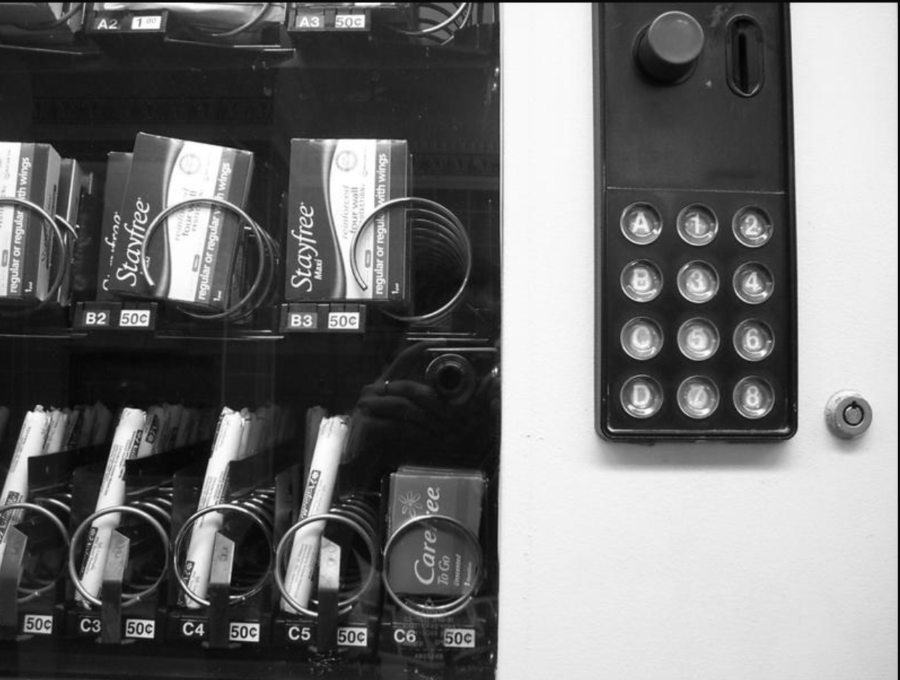Poyer: Let’s talk about the taxation of tampons
February 28, 2021
A large portion of the population will menstruate throughout their lifetime.
Menstruating requires the use of products to keep from bleeding onto clothes or other surfaces one comes into contact with throughout the day. Products such as tampons and menstrual pads can be used for this purpose, but these can rack up a pretty high bill. Tampons and menstrual pads are not cheap by themselves, and adding tax to the initial base cost makes it even harder to swallow spending a large amount of money on them.
Taxing menstrual products is labeled as tampon tax. A tampon tax is another form of the pink tax, which we have previously looked at. Tampon tax is also wreaking havoc on menstruating people’s bank accounts. Currently in 33 states, taxing menstrual products is perfectly legal and is happening. Iowa is one of these states sadly. The states who have outlawed this tampon tax have mostly done so fairly recently, within the past five years or so.
So, how much money is this tax costing those who menstruate? The sales tax alone is costing an estimated $150 million a year. That is an insane amount of money that could be spent doing so much more. No one chooses to menstruate, in fact I have heard more complaints than appreciation for it from my friends who do. Menstruation is not a luxury, it feels more like a punishment. Menstrual products are expensive, as I mentioned earlier, meaning equal access is already pretty restricted. Taxing these products only makes it harder for menstruating people to afford them while not having to cut corners in other areas of their life.
How can we combat this tax? Advocacy will be a recurring theme in this column folks, so advocate! Talk to your senators and congressmen, make them care. Talk to the people in your life who may not know, get them to care too. After doing that, research different options for menstrual products. There’s period underwear, menstrual cups, menstrual discs and some other options I am sure I am forgetting. There is a menstrual cup quiz you can take and find out what cup is right for you personally, which is so neat! While these products will have an upfront cost, you won’t be spending money each month.
If this is not an option for you, keep doing research and advocating! Show corporate America it is time for menstruating people to take charge of the products they use and not be pawns just feeding the pockets of big companies.

















